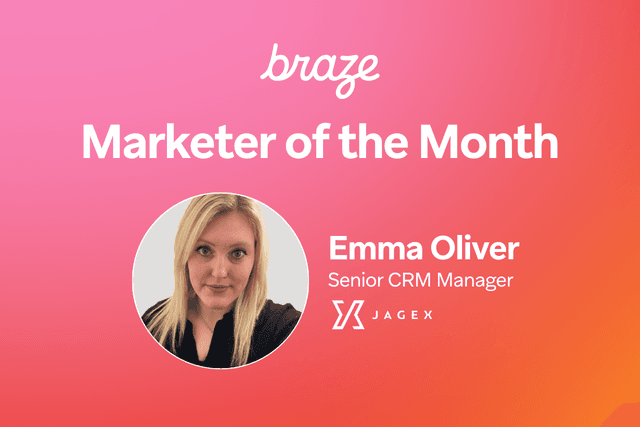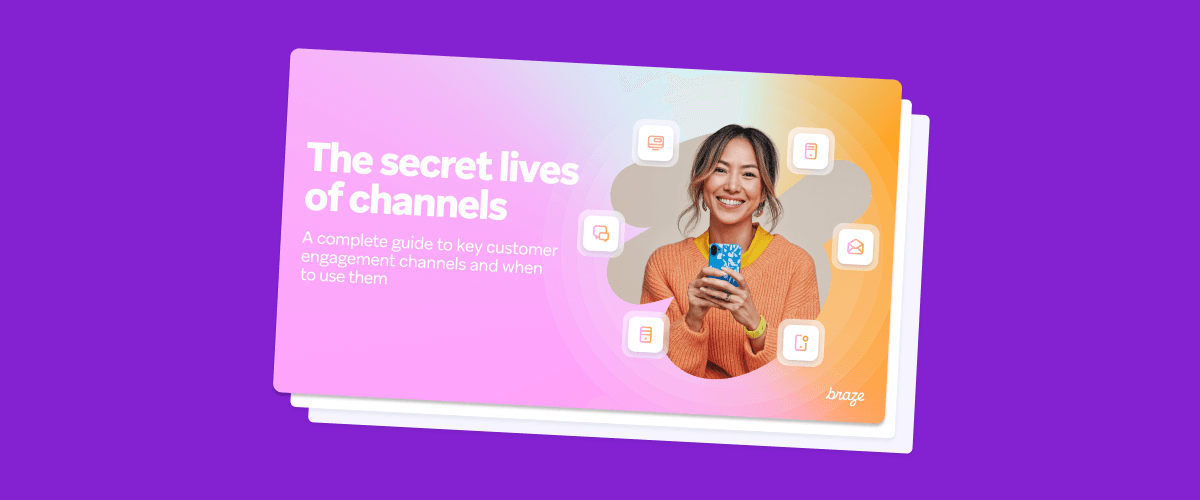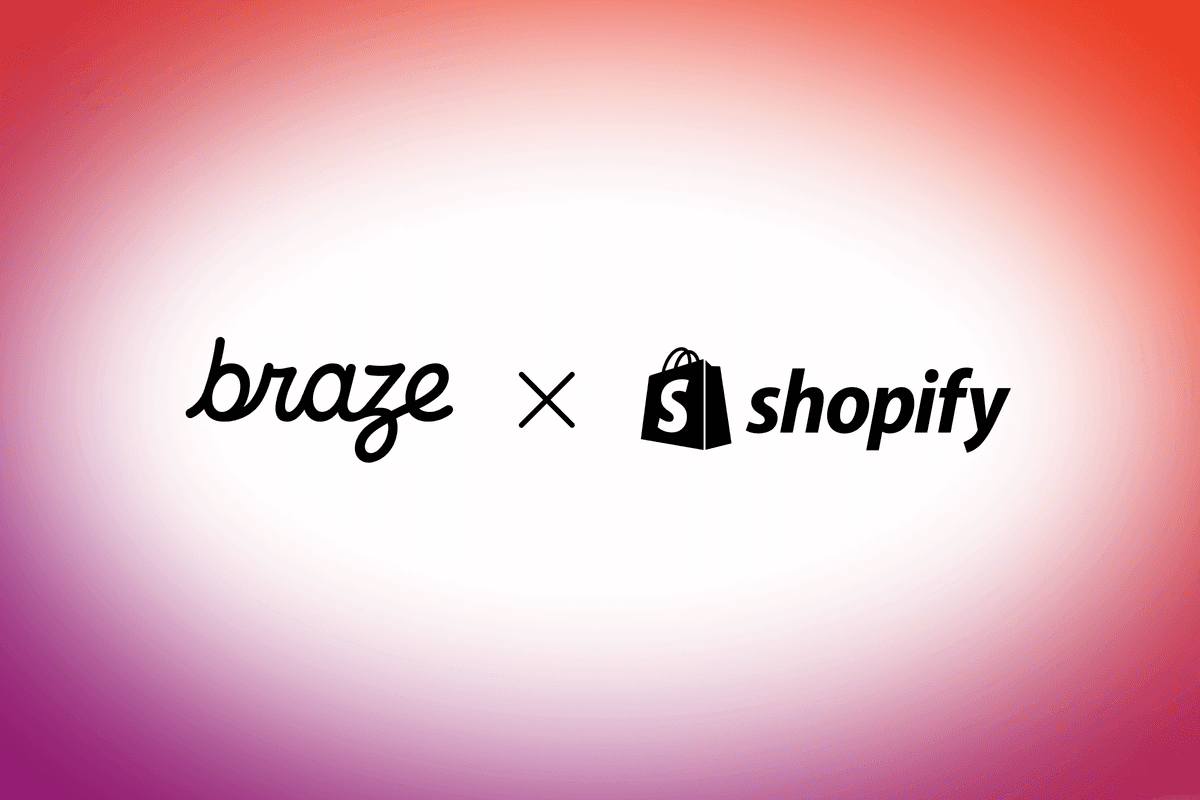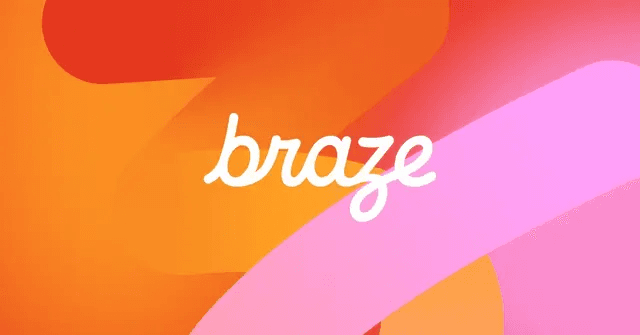Thought leadership, tips, and tricks for world-class customer engagement
Featured Stories

Blog15 min read
AI customer segmentation: Smarter targeting through predictive insights

Team Braze
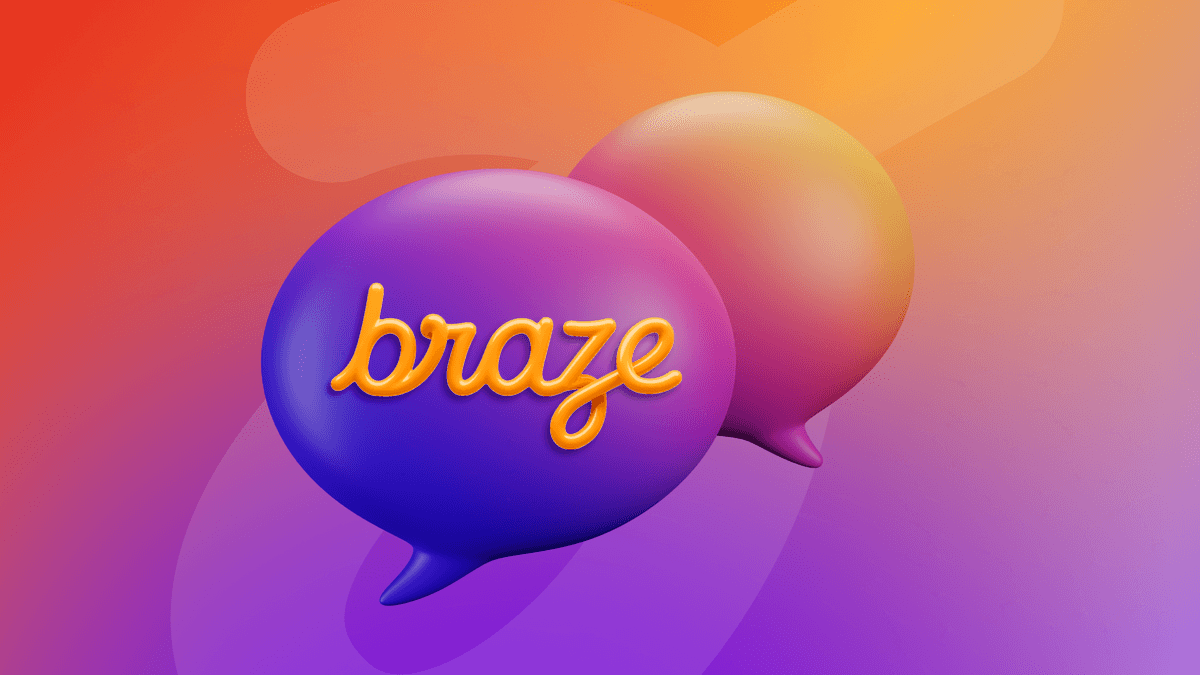
Blog11 min read
SMS vs. MMS vs. RCS: Choosing the right messaging channel for modern engagement

Team Braze

Blog10 min read
Enterprise generative AI: Transforming data, decisions, and customer experiences

Team Braze
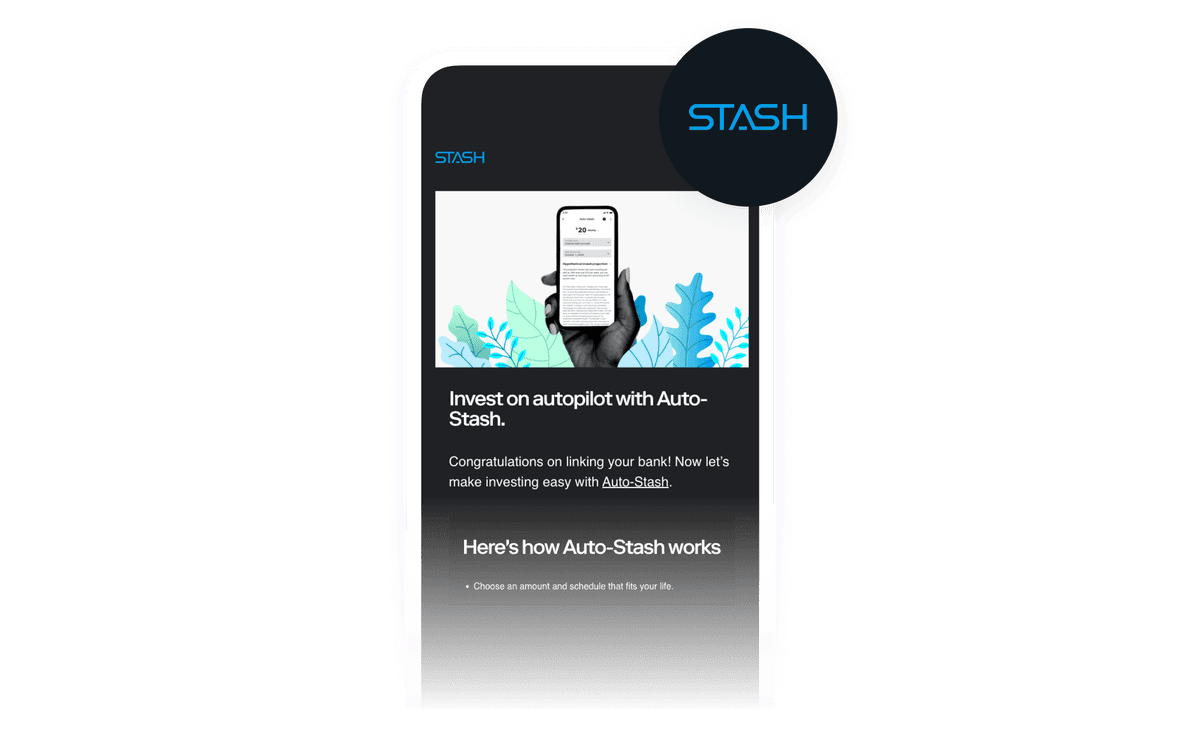
Case Study5 min read
Stash drives long-term investing habits with sophisticated, personalized user onboarding
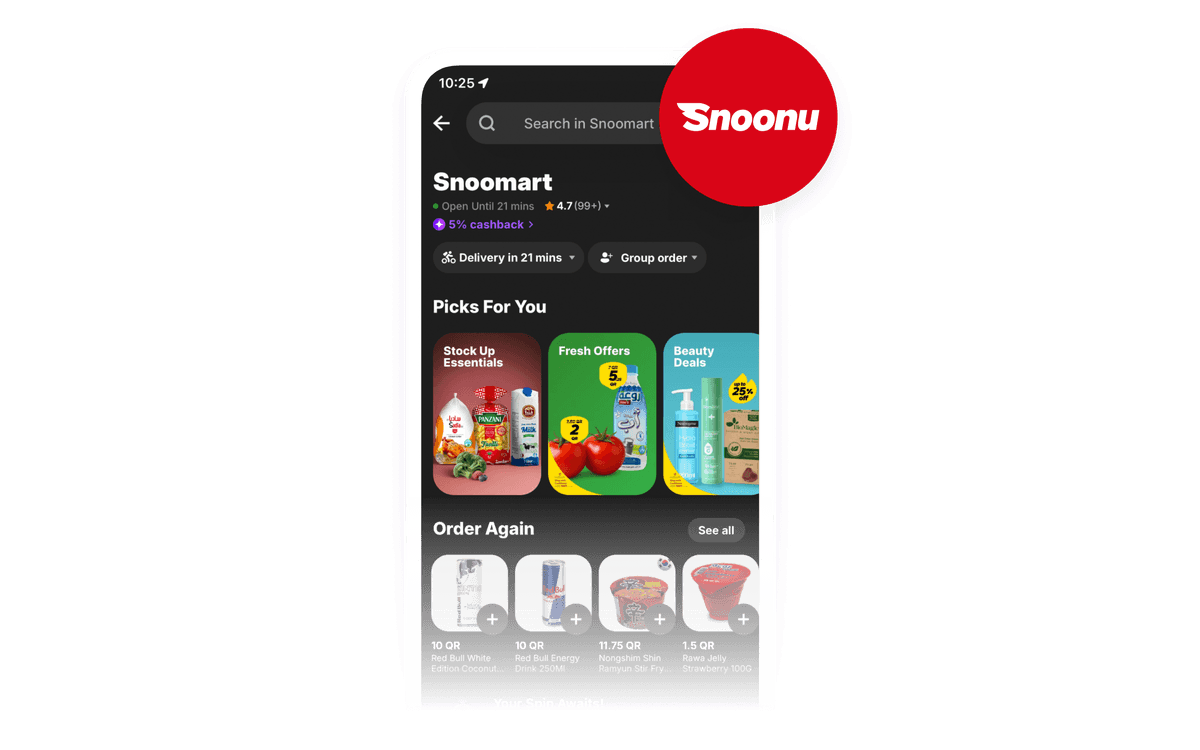
Case Study4 min read
Snoonu drives customer loyalty and repeat orders through a gamified shopping experience
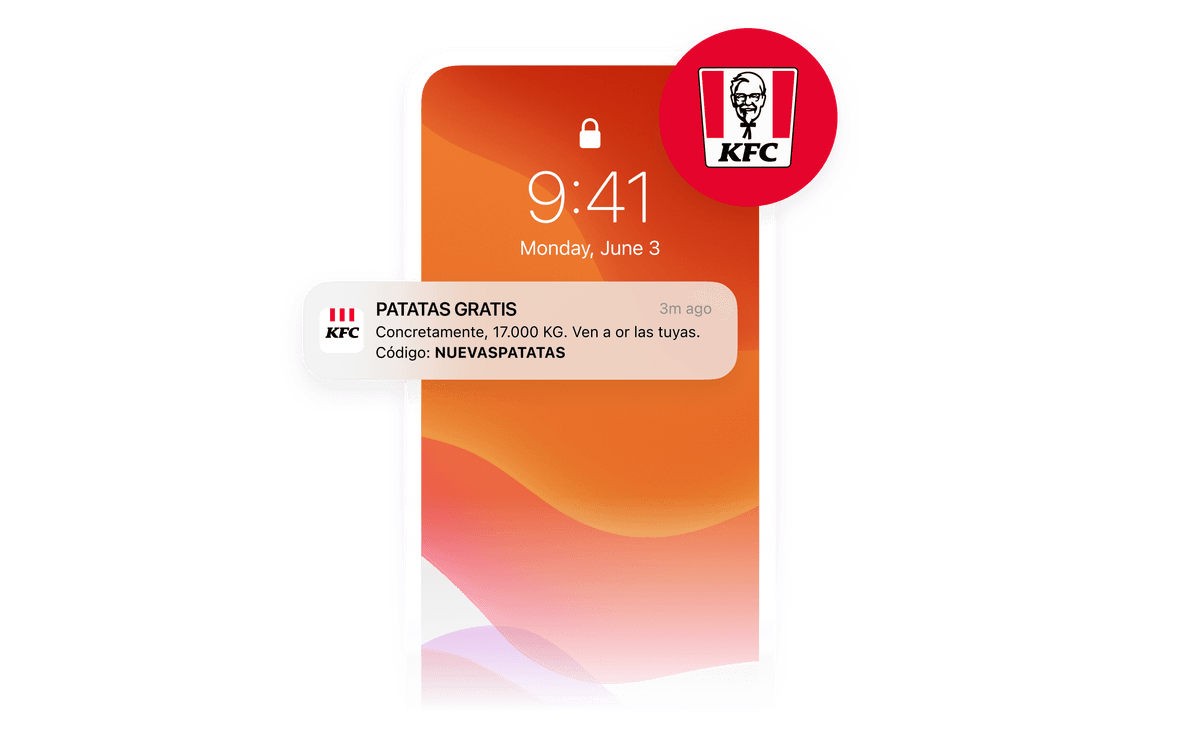
Case Study5 min read
KFC Spain's bold customer engagement strategy turned critics into fans
SUBSCRIBE
Please select one option only and then submit your preference.Please enter your business email address.Be Absolutely Engaging.™
Sign up for regular updates from Braze.
Loading...
Explore more from the Resource Hub


